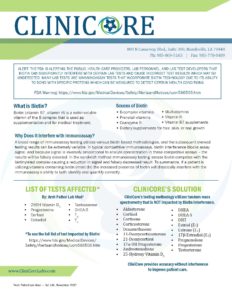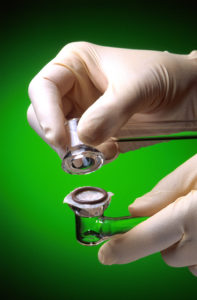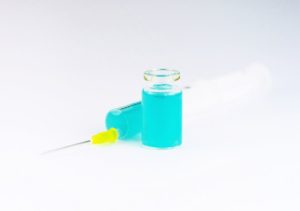“Normal serum levels of aldosterone are dependent on the sodium intake and whether the patient is upright or supine. High sodium intake will tend to suppress serum aldosterone, whereas low sodium intake will elevate serum aldosterone. The reference intervals for serum aldosterone are based on normal sodium intake.”
Conditions to be aware of:
Hyperaldosteronism: overproduction of aldosterone that causes fluid retention, increased blood pressure, weakness, and in some instances, periods of paralysis.
High aldosterone levels: can lead to “high blood pressure and low potassium levels (resulting in weakness, tingling, muscle spasms, and periods of temporary paralysis.
Diagnosis often requires laboratory testing consisting of plasma aldosterone levels and plasma renin activity (PRA).
High levels may be caused by various factors: eating large amounts of real licorice, hyperplasia, carcinoma, adrenoma, etc.
“Patients should also eliminate products derived from the licorice root because these can interfere with 11beta-hydroxysteroid dehydrogenase, producing a state of apparent mineralocorticoid excess.
NOTE: Most sources suggest that patients submitting samples for aldosterone should stand for at least 2 hours prior to collection.

References:
1. http://www.merckmanuals.com/professional/appendixes/normal-laboratory-values/blood-tests-normal-values
2. http://www.mayomedicallaboratories.com/test-info/pediatric/refvalues/reference.php
4. http://emedicine.medscape.com/article/920713-workup
5. http://library.med.utah.edu/WebPath/EXAM/LABREF.html
6. https://www.healthcare.uiowa.edu/path_handbook/handbook/test2318.html




